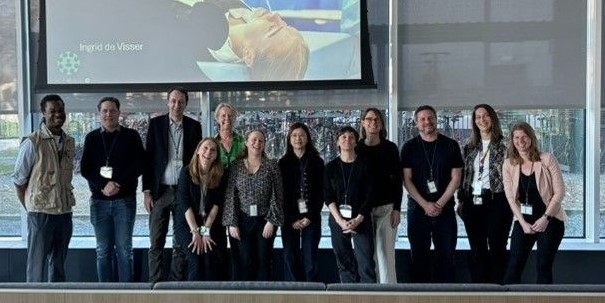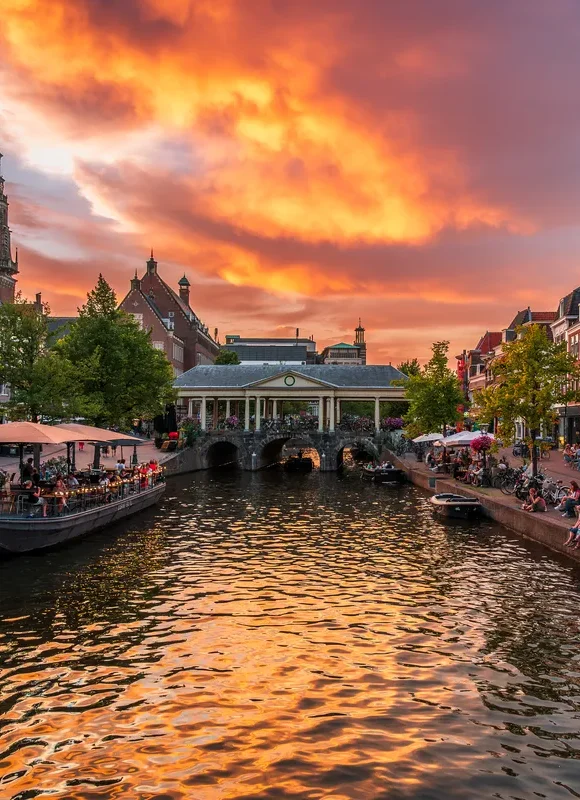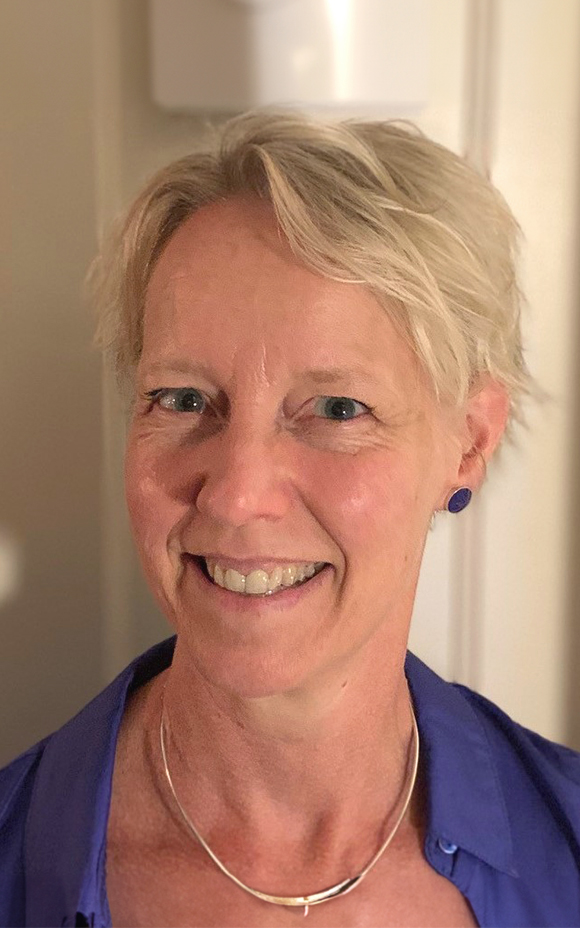
MUSICC partners in the Netherlands hosted a team from co-funder the Coalition for Epidemic Preparedness Innovations (CEPI) for a visit of facilities and trial sites.
In March, a team of four experts from MUSICC co-funder CEPI travelled to the Netherlands. There, the team met with Work Package 1 (WP1) to jointly review the progress of their work. MUSICC’s overall aim is to lay the groundwork for the next generation of COVID-19 vaccines. WP1’s work is critical to this as they develop methods to produce and store stocks of virus, for use in the project’s human challenge studies that would be a part of testing these vaccines.
The cross function CEPI team was led by Dr Christine Dahlke as Project Lead, who was joined by colleagues Dr Daniel Fullen, Xinyi Kong and Dr Sabine Kuralti. The team visited virus production facilities and clinical trial sites which will be used as part of the work in MUSICC. There they met with WP1, led by Dr Marjolein Kikkert (Leiden University Medical Center (LUMC), Leiden) and Dr Bart Haagmans (Erasmus Medical Center (EMC), Rotterdam).

WP1 representatives and the visiting CEPI team
The visit brought together many team members from WP1, to discuss the progress and upcoming challenges of their work ahead. It also provided an opportunity to jointly define mitigation strategies to ensure continued progress of the program within the agreed timelines and budget. While the core of this work is carried out at LUMC and EMC, some of the clinical trials connected to this work will be performed at the Centre for Human Drug Research (CHDR) in Leiden. CEPI’s 2-day visit included a program at each of these locations.
The core objective of WP1 is to develop versatile protocols for producing Good Manufacturing Practice (GMP)-grade virus stocks for use in human challenge studies. These studies are seen as a game-changer for pandemic preparedness as they can accelerate vaccine development, using the GMP-grade virus stocks WP1 is working on. A GMP-grade virus stock is one that has been produced to high standards, ensuring it is suitable and safe to use in clinical studies and therapeutic applications in patients or volunteers. WP1’s work includes:
The first day began with a warm welcome at the CHDR in Leiden. Dr Marjolein Kikkert kicked off the visit with a general introduction of the team members from CEPI, as well as LUMC, EMC and CHDR, who were present at the meeting. She also provided a general overview and timeline of the work package activities. Following this, a presentation by Dr Ingrid de Visser, together with Dr Iris Maas, described the CHDR facilities and clinical regulatory package progress, in preparation of the clinical trials.
After these presentations and some fruitful discussions, the visitors were offered a tour through the state-of-the-art clinical trial facility. Day 1 concluded with a walk through Leiden’s beautiful city centre and a group dinner at the historic restaurant ‘Het Prentenkabinet’. The restaurant is located in a building dating back to 1268 with original ownership by the Knights of the Teutonic Order. This offered an opportunity for informal discussions and a chance to get to know each other better in a cozy and friendly setting.

New Rhine corn bridge, Leiden city centre ©Richard Steenvoorden
The second day focused on the GMP production facilities. The day started with a presentation from the head of the GMP facility for gene and cell therapy, Dr Pauline Meij. The presentation covered the facility’s GMP readiness and included a positive assessment by the CEPI team confirming the quality and suitability of the LUMC production facility for use in the project.
Next, Dr Haagmans updated on the status of the work at EMC. This work is focused on the development of the human lung organoid culture system as a platform for GMP virus production. Use of such a system can improve the accuracy of viral replication in this instance. The Leiden part of the visit was then concluded with a tour through the LUMC Virology and test run laboratories at LUMC.
After sharing lunch and a short bus ride to Rotterdam, the program continued at the EMC, where a presentation and tour of the GMP facility was offered. The visit concluded with useful discussions on the next steps and upcoming challenges.
Overall, the CEPI visit to the Netherlands was a great success. The trip ended with a tangible excitement across both teams about the road ahead, collaboration continues on developing human challenge study models for mucosal vaccine research and pandemic preparedness.

13th August 2025

Natanaël Hazel earned his BSc and MSc in Bio-Pharmaceutical Sciences from Leiden University in 2016 and 2021, respectively. His MSc studies focused on immunology, and he conducted his thesis research at Brigham and Women’s Hospital (Boston, USA) on immune checkpoint inhibitors. Following graduation, he briefly worked as a science recruiter for a broad range of laboratory positions in the Netherlands. He then joined Oyster Heaven as a junior researcher, working in Newcastle (UK) and Yerseke (Netherlands) on nutrient cycles and mitigation. He is currently a junior project manager in Consortium Coordination at the Leiden University Medical Center, contributing to the MUSICC project since 2025, among several other research projects.
